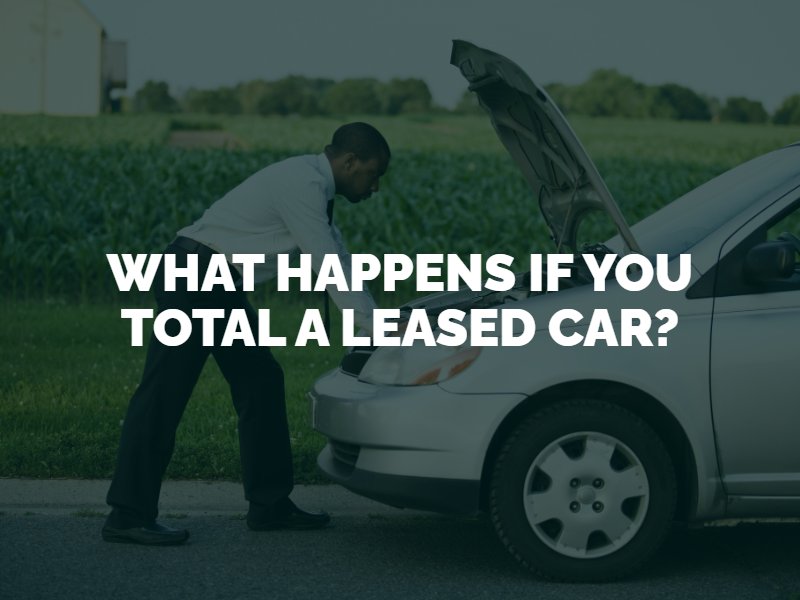You love the lower monthly payments and other advantages of a leased car vs. financing a new vehicle, but what happens if you have a car accident and total a leased vehicle? It’s important to determine what your next actions should be after an accident. After you’ve taken care of your physical injuries by having a thorough medical evaluation and carefully following your doctor’s treatment recommendations, handling the property damage to your leased vehicle is next on the priority list. What’s required of you next, depends on the terms of your lease agreement.

The aftermath of an accident is a turbulent time, both at the scene and in the days to follow. After the accident, it’s critical to protect yourself physically and financially. If you’ve been seriously injured, you may be able to do little other than wait in place for help, but if you can use your cell phone, it becomes the most helpful tool to take back control.
First, call 911 to report the accident and request emergency services. Then, give reasonable aid and comfort to injury victims. If you’re able to move around safely, take photos of the damaged vehicles and the accident scene to document evidence in case you need to file an injury claim. Then, go to the hospital either with the paramedics or by arranging transportation.
After you’ve had a complete medical evaluation, read the terms of your lease agreement. It should include information about reporting the accident involving your leased vehicle. Then, call the leasing agent to report the accident. Finally, call your insurance provider to report the accident.
It’s important to call the leasing agent after an accident to ensure that your actions follow your lease agreement. Many leasing companies have requirements such as having the vehicle towed to a particular service center for an estimate for repairs or a determination that the car is totaled. Your financial obligation after a vehicle is totaled depends on the insurance coverage you have on your leased vehicle.
Most leasing companies require lessees to purchase more than the minimum required car insurance in the state. If you were at fault in the accident, your insurance should cover the cost of a replacement vehicle, especially if you chose to add gap insurance to bridge the gap between the amount still owed on the lease agreement and the insurance company’s estimated value of the car at the time of the accident. If you don’t have gap insurance, you may be required to pay the difference between the assessed value of the car and the amount you owe on your lease.
Washington’s fault-based insurance system requires an investigation of the accident to determine fault. If someone else’s negligence caused the accident, they’re responsible for the damages through their insurance policy, including an amount toward the property damage of your leased vehicle, either for repairs or replacement. Even if you were partly at fault, the comparative negligence law lets injury victims recover a portion of their damages, minus their percentage of fault.
Most leasing companies also require leaseholders to purchase uninsured motorist coverage so this policy covers the damaged vehicle even if the other driver was uninsured.
All accidents involve complex insurance claims. Totaling a leased vehicle adds an extra layer of complexity to untangle after the accident. If you have questions about your rights and responsibilities after an accident involving a leased vehicle, a Seattle car accident attorney can help represent your interests and provide legal counsel throughout the insurance claim process.